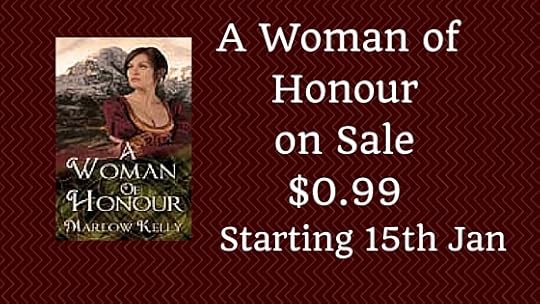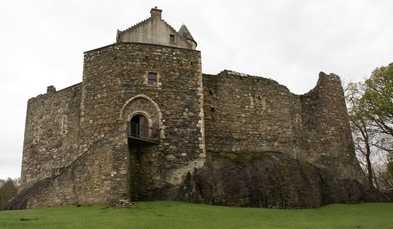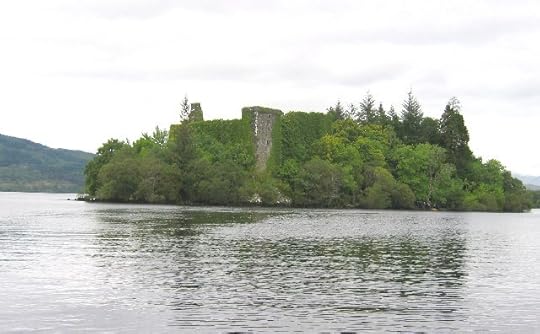The Real Medieval Scottish Highlands

 The ruins of Dunstaffnage Castle, which date from 13th century Duncan and Isabel met in the castle’s dungeon The Scottish Highlands of the middle Ages is the point where the European and Celtic cultures meet. The Highlands are a place of amazing natural beauty with mountains, glens, and lochs…and then there’s the rain. The western Highlands can receive nearly sixteen feet of rain per year.
The ruins of Dunstaffnage Castle, which date from 13th century Duncan and Isabel met in the castle’s dungeon The Scottish Highlands of the middle Ages is the point where the European and Celtic cultures meet. The Highlands are a place of amazing natural beauty with mountains, glens, and lochs…and then there’s the rain. The western Highlands can receive nearly sixteen feet of rain per year. With such a rugged environment you might expect the people to be isolated, but we know from clan histories that lairds and chiefs went on crusade, so they probably weren’t as secluded as you might think. There is evidence of trade between the Highlands, the Western Isles, Ireland, and England. And you would expect them to have used the rivers and lochs as their highways.
Everyone who belonged to a clan would go by the same last name. That does not mean they were related but rather that they identified with or were under the protection of a particular clan. For instance, if you were a McDonald and were in McNaughton territory you might use the name McNaughton for protection.
 The interior of a creel house
The interior of a creel house
 A Creel House Archeologists and scholars believe that most of the clan-folk lived in townships where the population could be as high as a hundred and fifty people. They resided in timber frame homes known as creel houses. These structures had thatched roofs, and a turf outer wall. The interior would have been dark, with one small hearth, dirt floors and very little in the way of creature comforts. The door faced south to take advantage of the natural light. Creel houses were in use from the high middle ages until the eighteenth century.
A Creel House Archeologists and scholars believe that most of the clan-folk lived in townships where the population could be as high as a hundred and fifty people. They resided in timber frame homes known as creel houses. These structures had thatched roofs, and a turf outer wall. The interior would have been dark, with one small hearth, dirt floors and very little in the way of creature comforts. The door faced south to take advantage of the natural light. Creel houses were in use from the high middle ages until the eighteenth century.The people of the clans were subsistence farmers, working tracks of land. They lived off the food they could grow, which included kale, oats, and bere, which is a type of barley. They picked nuts and berries, hunted, and fished. They also raised cattle for the chief. I'll post more about the food of the Highlanders in a few days.
The chiefs of this time had a closer kinship with their people than the lords in the south. Many of the laird's clan would have been related to him. In this period the highlands were an unsettled place where disputes, open war, and feuding were regular occurrences. Members of the clan worked the land and paid a small rent, in return their chief provided them with a safe haven in the event of an attack.
Compared to the rest of his clan the laird lived in relative luxury. He would have a castle, with a proper fireplace, a stone floor, tapestries, and a private bedchamber. He would probably have had chain mail, and armor too, remember some of them had travelled to the holy land, so they would have experienced the world beyond Scotland. Plus, he had a wealth of cattle and an army of kinsmen at his command.
Perhaps one of the reasons the clan system was successful for hundreds of years was because the chief didn’t own the land. It belonged to the clan. The position of chief was not hereditary; another man from the ruling class could replace him. This gave him an incentive to put the clan’s needs above his own.
 This is a photo of Innis Chonnel the medieval home of the Campbells. It is also the home of my hero, Duncan Campbell, in A Woman of Honour.
This is a photo of Innis Chonnel the medieval home of the Campbells. It is also the home of my hero, Duncan Campbell, in A Woman of Honour.
Published on January 16, 2016 05:00
No comments have been added yet.



